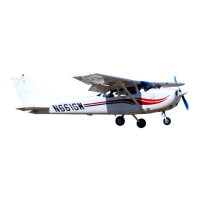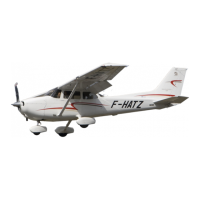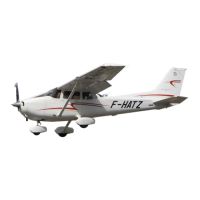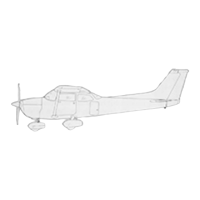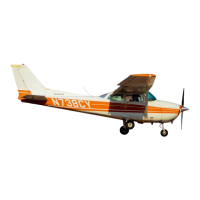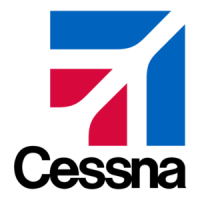
 Loading...
Loading...
Do you have a question about the Cessna SKYMASTER 337 Series and is the answer not in the manual?
| Manufacturer | Cessna |
|---|---|
| Crew | 1 |
| Capacity | 5 passengers |
| Length | 9.07 m (29 ft 9 in) |
| Wingspan | 11.63 m (38 ft 2 in) |
| Height | 2.84 m (9 ft 4 in) |
| Power Output | 210 hp (157 kW) each |
| Maximum Speed | 322 km/h (200 mph, 174 kn) |
| Powerplant | 2 × Continental IO-360-C |
| Service Ceiling | 5, 791 m (19, 000 ft) |


